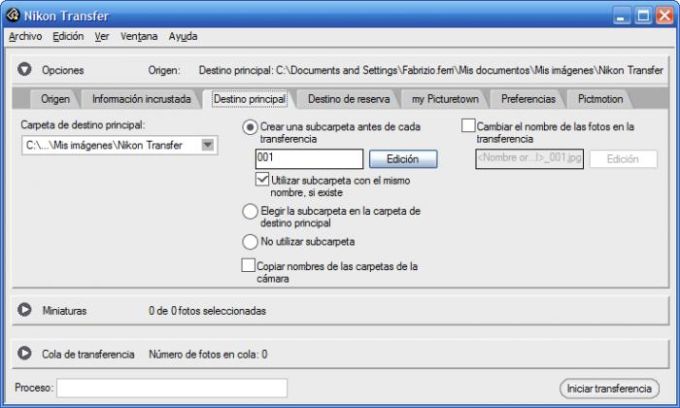
- What is transfer utility le mp4#
- What is transfer utility le full#
- What is transfer utility le software#
- What is transfer utility le code#
- What is transfer utility le series#
What is transfer utility le series#
To transfer Canon VIXIA HF M & HF R series AVCHD files to iMovie for editing easily, you need to convert Canon VIXIA HF video to iMovie supported AIC.
What is transfer utility le software#
Computer: Depending on the software you chose to install, Transfer Utility or VideoBrowser will start up automatically. Control is fast, easy and intuitive with the big 3.0- inch capacitive touch panel LCD. mov with the best Canon VIXIA MTS Converter. Importing the recorded video files to a computer using PIXELA Transfer Utility. Select the memory that contains the video files you want to import. CANON VIXIA TRANSFER UTILITY DOWNLOAD HF R600 PROĪnd the camcorder is packed with features to make capturing your best video easy.
What is transfer utility le full#
What is transfer utility le mp4#
CANON VIXIA TRANSFER UTILITY DOWNLOAD HF R600 MP4.This then accounts for all the labor which went into production. In the event of a defect or other emergency change, the active routing is modified to include the operation steps it will be sent to. The active routing is a copy of the process source routing, which is written before the process begins. A properly modeled distributed process attaches a document (active routing) to the product describing what operations it came from and will go to. There's nothing inherently wrong with modeling processing as a bunch of useless office workers who e-mail work to one another without keeping an e-mail trail, except for all the extra work and headache it creates in handling logistics and return problems. Manufacturing separates the product from operations and logistics. That's the difference between distributed and integrated processing. However on a manufacturing line, each step can access the end product and change it without owning or controlling it. This conceptual model then forces you to deliver the data between objects, which is the model for distributed processing. Some consider the DTO an anemic domain model, meaning it lacks functionality, but this assumes an object must own the data it interacts with.
What is transfer utility le code#
Integrated collaborative systems (aka production aka manufacturing) are something I had to claim as my own architecture, because I am the first to write code this way. Programmers only know distributed systems. Refer to my W article for more information.įowler and company might realize the benefits of DTOs outside of distributed architecture if they had ever known any other architecture. Fact from mechanical engineering: reliance on parameters is a kind of preoptimization, because processing (making components) itself is waste. However, reference type parameters make the consumer cause cache misses to get the values off the heap anyway - therefore, just configure the consumer with reference properties. In-process configuration of machines (methods) adds complexity but also value (performance) when the parameters are value types. If you use continuous control and therefore do not need immediate control, your modules do not need parameters. Parameters provide immediate control of a stack frame machine. My collaborative architecture replaces design patterns. Note: because Wix labeled the use of DTOs for organizing parameters as an "anti-pattern", I will give an authoritative opinion.

A dynamic DTO is built by adding the Cvars to a collection. To instantiate a dynamic process, one compiler step is to bind each machine in the script to the reference properties the script defines. There for you do not need an additional transformation.įor instance this is our User entity: final class User // > )ĭynamic DTOs are a necessary component for dynamic software. So repositories can return View objects directly. Some ORM Frameworks have the ability of projection via using additional interfaces or classes. | Controller | | Service / Facade | | Repository |

I do not know this is a best practice or not but I personally use Value Objects in my Spring MVC/Boot Projects like this: |-| |-| |-| In legacy Java Enterprise Systems DTOs can have various EJB stuff in it. | SERVICE 1 |-> Credentials DTO >-> Credentials DTO >- | AUTH SERVICE |

We must make almost exact copies of two classes. If the software layers or services running in different remote nodes like in a microservices environment or in a legacy Java Enterprise App. We can use them for transferring data between software layers. In general Value Objects should be Immutable.


 0 kommentar(er)
0 kommentar(er)
